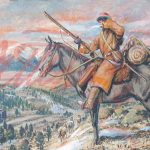Zebulon Pike and his small party, escorted by 100 Spanish soldiers and militiamen, left his stockade on the Conejos river on February 27, 1807. The party was being taken to Santa Fe at the direction of Governor Alencaster.
Pike’s incursion into Spanish territory was a serious matter to the Spanish authorities because there had been military activity along the disputed Louisiana-Texas border and the Spanish feared American forces might be moving toward New Mexico.
Pike and his escort entered New Mexico a few miles west of the Rio Grande and on February 28th arrived at Ojo Caliente, a small village on the frontier, on March 1, 1807.
This village was the first non-Indian community Pike had seen since leaving La Charette, in eastern Missouri, on 18 July, 1806.
On March 2nd Pike reached San Juan Pueblo. Pike was now at the north end of the Camino Real, established by Juan de Oñate in 1598, and will continue south on that old road for several months. The party reaches Santa Fe on March 3rd, and Pike’s description of Santa Fe was that it was about one mile in length along the creek and about three streets in width.
Governor Alencaster interrogated Pike at length and the authorities opened his baggage as well. Alencaster did not keep his unwelcome guest long but sent him south to be interviewed further in Chihuahua. Pike departed Santa Fe on March 4th for Albuquerque and the south by way of La Bajada.
On March 7th Pike was in Albuquerque, “a village on the east side of the Rio del Norte,” as Pike described it. Leaving Albuquerque on the 8th of March, Pike met Facundo Melgares who is to be in charge of Pike from here. Recall that it was Facundo Melgares who led the large contingent of troops to the Pawnee Village in Nebraska, which Pike visited a few weeks after Melgares had departed. Pike and Melgares became close friends as they traveled toward Chihuahua.
The Pike-Melgares party passed through numerous villages on the east side of the Rio Grande before crossing to the west side at about Fra Cristobal. Continuing south on the west side allowed the party to avoid the Jornada del Muerto, the arid stretch used by wagon trains on the east side of the river.
The party arrived at El Paso del Norte on the 21 st of March. Pike’s “passo del Norte,” is presently in the center of Ciudad Juarez, Mexico. He spent two nights here at El Paso del Norte before proceeding to the presidio town of San Elizario.
As a result of a dramatic shift in the course of the Rio Grande in 1849, geography is confusing in this area. At the time of Pike’s visit, San Elizario was on the east side of the river and on the Camino Real. It, and two other Camino Real communities, are now to the east of the river and in the state of Texas.
After a few days at San Elizario, Pike left for Chihuahua on March 26, 1807.
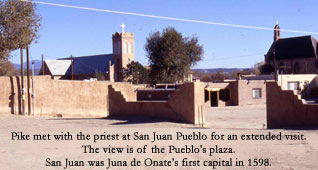
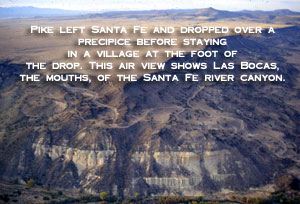
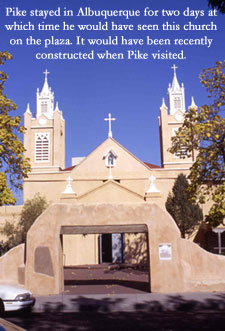
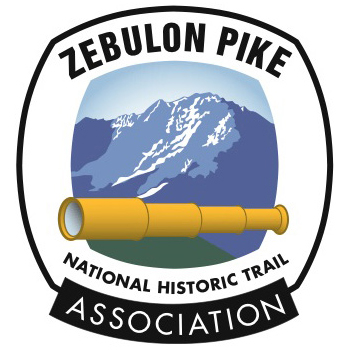
![Introducing the General Zebulon Montgomery Pike INTERNational Historic Trail [ZPIT]](https://www.zebulonpike.org/wp-content/uploads/2018/07/21-St-Anthony-Falls-144dpi-wm-150x150.jpg)

